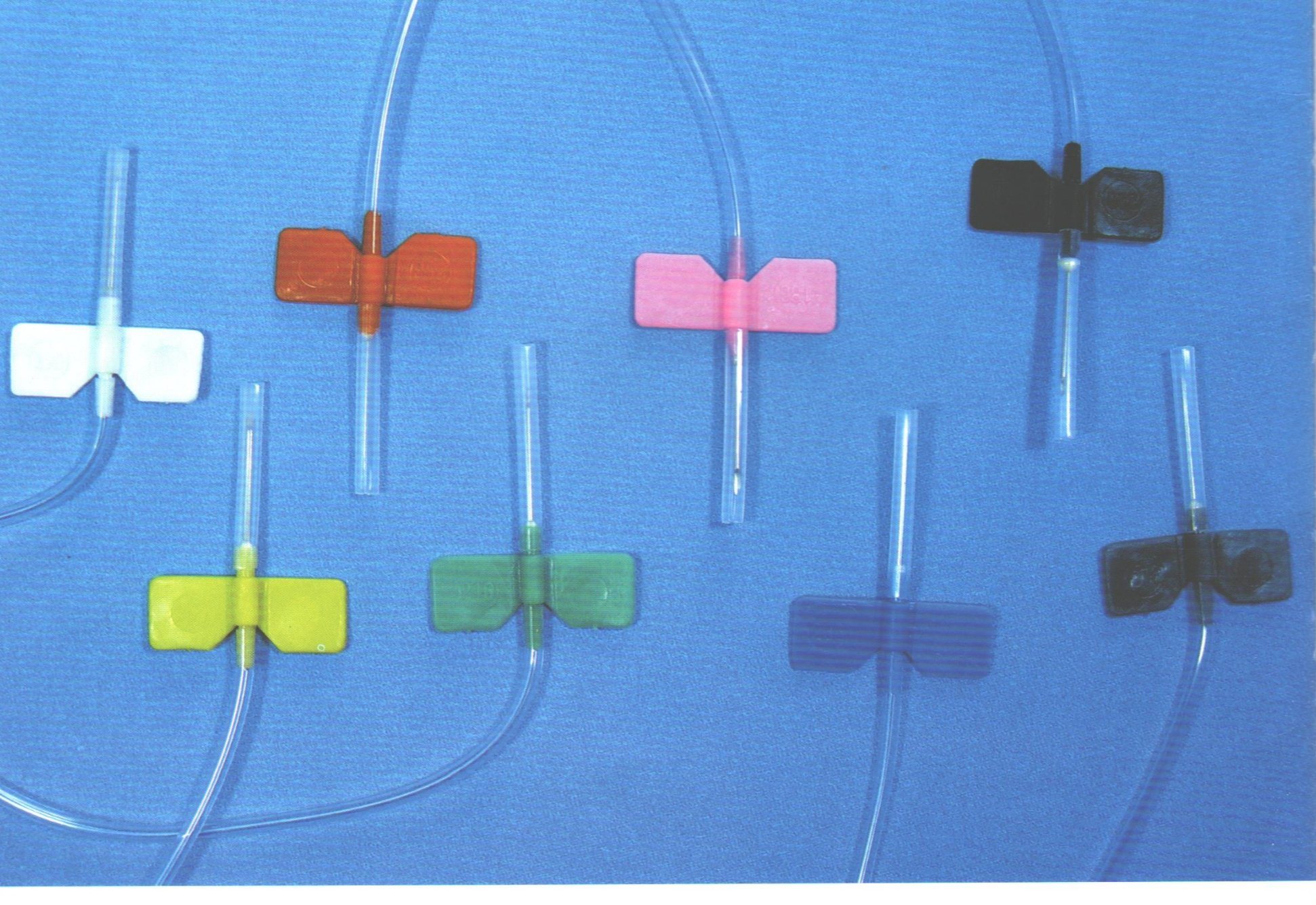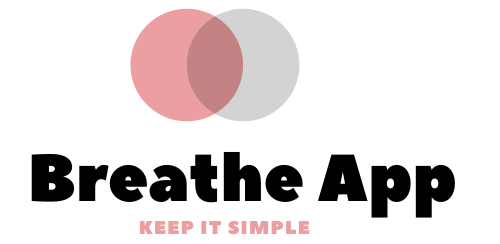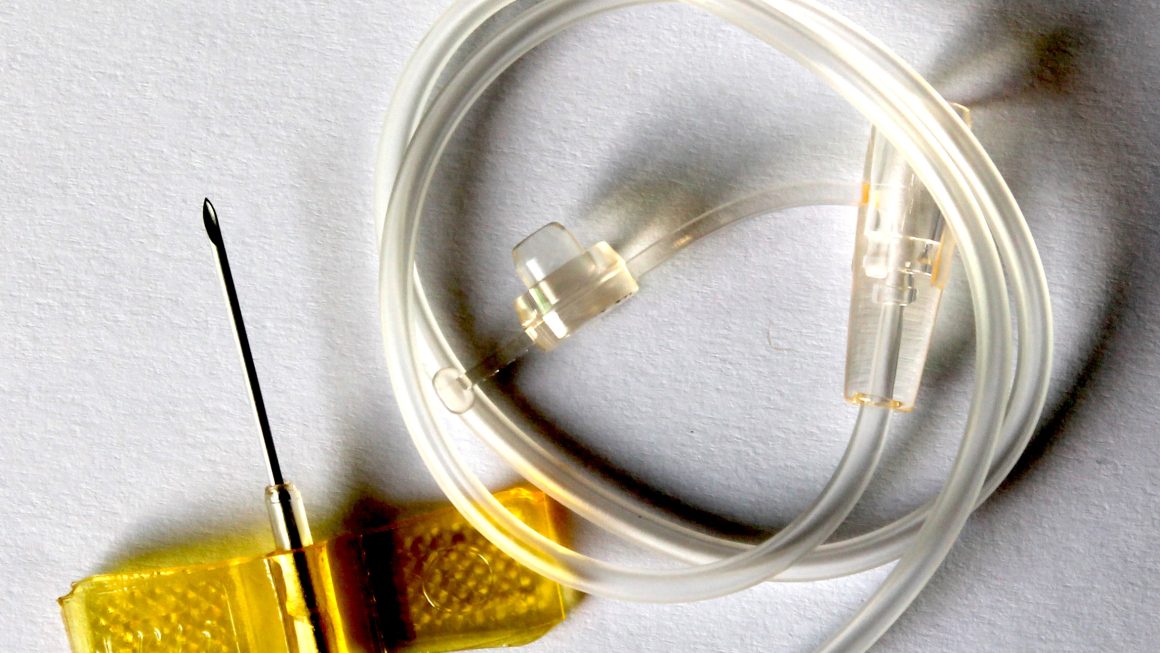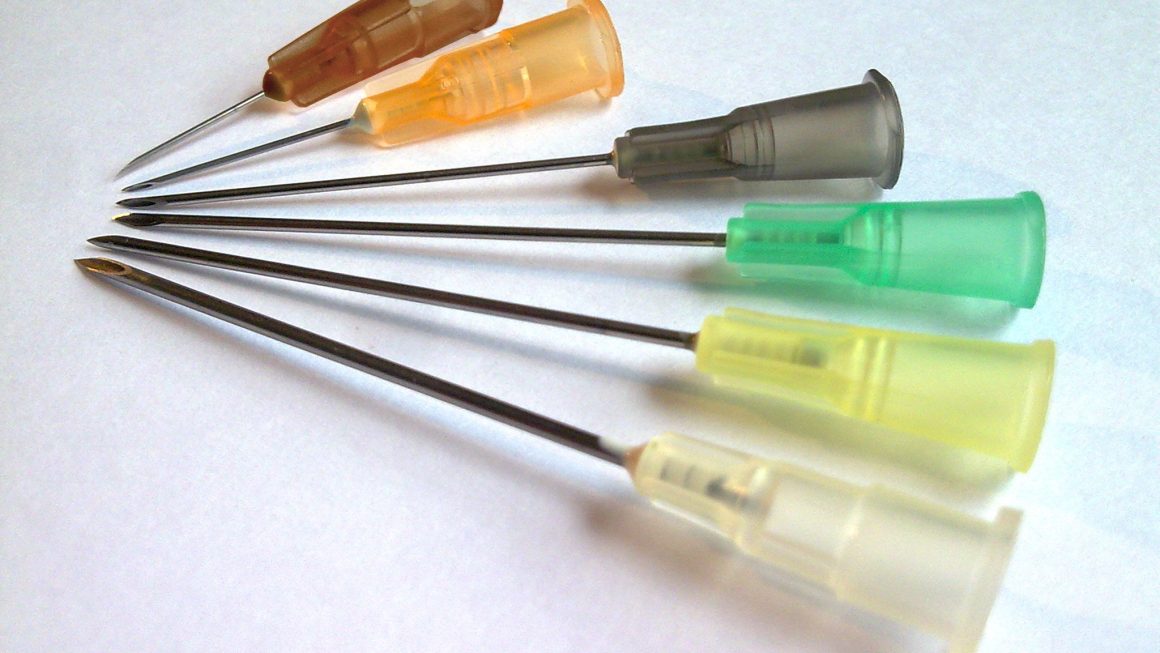Whether you’re a medical professional or an individual administering injections at home, understanding how to insert subcutaneous butterfly needles properly is essential. Used for drawing blood and delivering medications quickly, these needles are a common tool in hospitals and clinics around the world. Here’s a step-by-step guide from FACE Med Store on how to correctly insert subcutaneous butterfly needles from FACE Med Store, which are high-quality, sterile and easy to use.
Selecting the Right Needle
The first step when it comes to the insertion of subcutaneous butterfly needles is selecting the right size for your needs. Typically, the larger gauge needle should be used for withdrawing blood due to its reduced risk of clotting and greater sample volume, while smaller gauges can be used for injecting medication. When buying needles online from FACE Med Store, select one compatible with your syringe and sufficient length to reach the injection site.
Preparing Your Supplies
Once you have selected the correct needle, it’s time to prepare all of your supplies. Gather up any antiseptic solutions necessary along with other items such as gauze pads, alcohol wipes, sterile gloves and adhesive bandages. Make sure everything is within easy reach before beginning the injection procedure.

Cleaning the injection site
To ensure the safe and effective insertion of the hypodermic butterfly needle, first, clean the skin at the intended injection site thoroughly with either an antiseptic solution or an alcohol swab. This will help reduce the risk of infection associated with starting an intravenous line or administering medication by injection. When wiping the area, be sure to use enough pressure to remove anything that may be lurking underneath.
Inserting the needle
Once your area is prepared and ready, take your syringe in one hand and use your other hand to gently insert the needle into the skin at a 45° angle until it reaches the desired depth (usually just under 1 inch). If done correctly, there should be no discomfort during this part of the procedure; if there is pain or resistance, re-evaluate which size needle was chosen before proceeding.
Check for correct placement.
When inserting a subcutaneous butterfly needle, some key indicators will determine whether or not placement has been successful: proper aspiration (pulling back on the plunger) should result in dark red fluid being drawn into the syringe; in addition, you may also feel a slight tingling sensation around the injection site if the placement is correct – this indicates that the vein has been successfully accessed without damaging the surrounding tissue/muscle groups nearby!

Secure with an adhesive bandage.
Once correctly inserted, it is important to secure the needle in place with an adhesive bandage over it so that it doesn’t move during the treatment period – this will help to prevent accidental puncture wounds or other injuries caused by moving around while administering medication/taking blood etc… Also keep the patient as still as possible during the entire procedure to avoid further complications due to improper placement caused by movement!
Needle removal and waste disposal
On completion of the extraction process, safely remove the syringe and needle together, ensuring that they do not separate during removal – this could cause serious injury if the sharpened end were suddenly exposed close to an unprotected skin surface! Once removed, dispose of materials in accordance with local regulations, ensuring that all waste products are securely sealed before disposal. Finally, apply an additional bandage over the injection site to allow the healing process to begin unhindered!
Conclusion
Subcutaneous butterfly needles are commonly used for taking blood samples and administering medication quickly without going through lengthy IV lines, etcetera… By following these simple steps each time such instruments are used, individuals doing so can protect themselves from potential infections/injuries associated with improperly handled equipment/supplies – making the whole experience much more pleasant overall!




